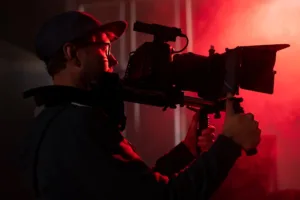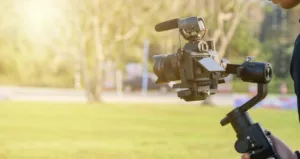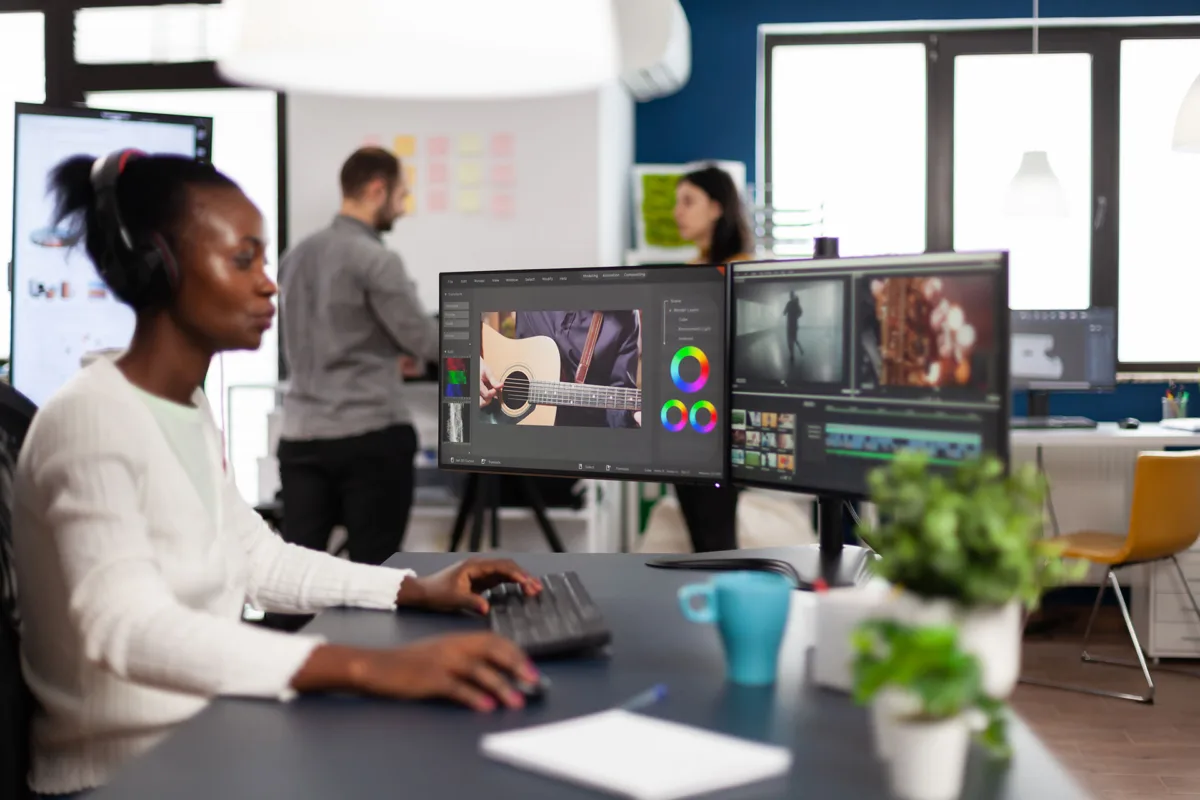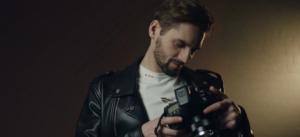Top Public Domain Christmas Music For Every Content Creator.
10 Public Domain Christmas Songs Perfect for the Holiday Season
The holiday season is upon us, and for content creators, finding the right music can be as challenging as untangling last year’s Christmas lights. Fear not! We’ve compiled a list of 10 timeless public domain Christmas music tracks that are perfect for adding festive cheer to your projects without worrying about copyright issues. Let’s dive into these classics that have been spreading joy for generations.
Contents
1. Silent Night
Composed by Franz Xaver Gruber in 1818, “Silent Night” is a serene carol that has become a staple in holiday music collections.
- Why It’s Perfect: Its gentle melody and soothing lyrics make it ideal for background music in videos, podcasts, or holiday greetings.
- Fun Fact: “Silent Night” was declared an intangible cultural heritage by UNESCO in 2011.
2. Deck the Halls
This lively Welsh tune dates back to the 16th century and is synonymous with holiday merriment.
- Why It’s Perfect: Its upbeat tempo and catchy “fa-la-la” chorus can add a festive flair to any project.
- Fun Fact: The melody was originally a Welsh winter song called “Nos Galan,” celebrating New Year’s Eve.
3. Jingle Bells
Written by James Lord Pierpont in 1857, “Jingle Bells” was originally intended for Thanksgiving but quickly became a Christmas favorite.
- Why It’s Perfect: Its recognizable melody and joyful rhythm make it versatile for various content, from commercials to social media posts.
- Fun Fact: “Jingle Bells” was the first song broadcast from space during NASA’s Gemini 6A spaceflight in 1965.
4. O Holy Night
Composed by Adolphe Adam in 1847, this carol is known for its powerful melody and profound lyrics.
- Why It’s Perfect: Its dramatic crescendos and emotional depth can enhance more serious or reflective holiday content.
- Fun Fact: “O Holy Night” was the first song ever broadcast on radio on Christmas Eve in 1906.
5. The First Noel
This traditional English carol dates back to the 17th century and narrates the story of the Nativity.
- Why It’s Perfect: Its storytelling nature and gentle melody make it suitable for narrative-driven projects or background scores.
- Fun Fact: “Noel” is an early modern English synonym of “Christmas.”
6. Hark! The Herald Angels Sing
With lyrics by Charles Wesley and music by Felix Mendelssohn, this 18th-century carol is a proclamation of joy.
- Why It’s Perfect: Its triumphant tone and rich harmonies can add grandeur to your holiday content.
- Fun Fact: The original version had a slower, more somber melody before being adapted to its current form.
7. Joy to the World
Based on a hymn by Isaac Watts and music by Lowell Mason, this 1719 carol is one of the most published Christmas hymns in North America.
- Why It’s Perfect: Its exuberant melody and uplifting lyrics are perfect for conveying the joy of the season.
- Fun Fact: “Joy to the World” was not originally written as a Christmas song but as a hymn glorifying Christ’s triumphant return.
8. O Come, All Ye Faithful
Also known as “Adeste Fideles,” this carol has been attributed to various composers, with origins possibly dating back to the 17th century.
- Why It’s Perfect: Its majestic melody and inviting lyrics make it ideal for formal holiday events or traditional-themed content.
- Fun Fact: The original Latin version consists of four verses, with additional verses added over time.
9. We Wish You a Merry Christmas
This traditional English carol from the 16th century is a cheerful song wishing goodwill to all.
- Why It’s Perfect: Its simple, catchy tune and universal message make it a great choice for end credits or closing messages.
- Fun Fact: The song references “figgy pudding,” a traditional English dessert similar to modern-day Christmas pudding.
10. Good King Wenceslas
This carol tells the story of a kind king braving harsh winter weather to help a poor peasant.
- Why It’s Perfect: Its narrative style and memorable melody can add a storytelling element to your content.
- Fun Fact: The song is based on the life of Saint Wenceslaus I, Duke of Bohemia, who was known for his generosity.
Where to Find These Gems
You can find high-quality recordings and sheet music for these public domain songs on platforms dedicated to free music resources. Always double-check the public domain status of specific recordings or arrangements to avoid copyright issues.
Tips for Using Public Domain Music
- Verify Public Domain Status: Ensure the specific arrangement or recording you choose is in the public domain.
- Credit the Source: While not legally required, it’s good practice to credit the original composer or source.
- Check Usage Rights: Some platforms may have specific terms of use; always review them before incorporating the music into your projects.
By incorporating these timeless public domain Christmas songs into your holiday content, you can evoke nostalgia and warmth, all while staying within legal boundaries. So, deck your halls with these melodies and let the festive spirit shine through your creations!
FAQs
Can I use public domain Christmas songs in commercial projects?
Yes, public domain songs can be used in commercial projects. However, ensure that the specific arrangement or recording is also in the public domain.
How can I verify if a Christmas song is in the public domain?
Generally, works published before 1923 are in the public domain. Resources for public domain music can provide comprehensive lists of songs.
Do I need to credit the composer when using public domain music?
While not legally required, it’s considered good practice to credit the original composer or source.
Can I modify public domain Christmas songs for my projects?
Yes, you can modify public domain songs. However, be cautious if using modern arrangements, as they may still be under copyright.
Where can I find public domain recordings of Christmas songs?
You can explore platforms offering free music resources for public domain recordings.
Are all versions of a public domain song free to use?
Not necessarily. While the original composition may be in the public domain, specific recordings or arrangements might still be under copyright. Always verify the status of the version you intend to use.
Conclusion
Incorporating public domain Christmas songs into your holiday projects is a fantastic way to add a touch of classic charm while keeping your creations cost-effective. With these timeless tunes, your content is sure to resonate with audiences and spread holiday cheer far and wide.
























